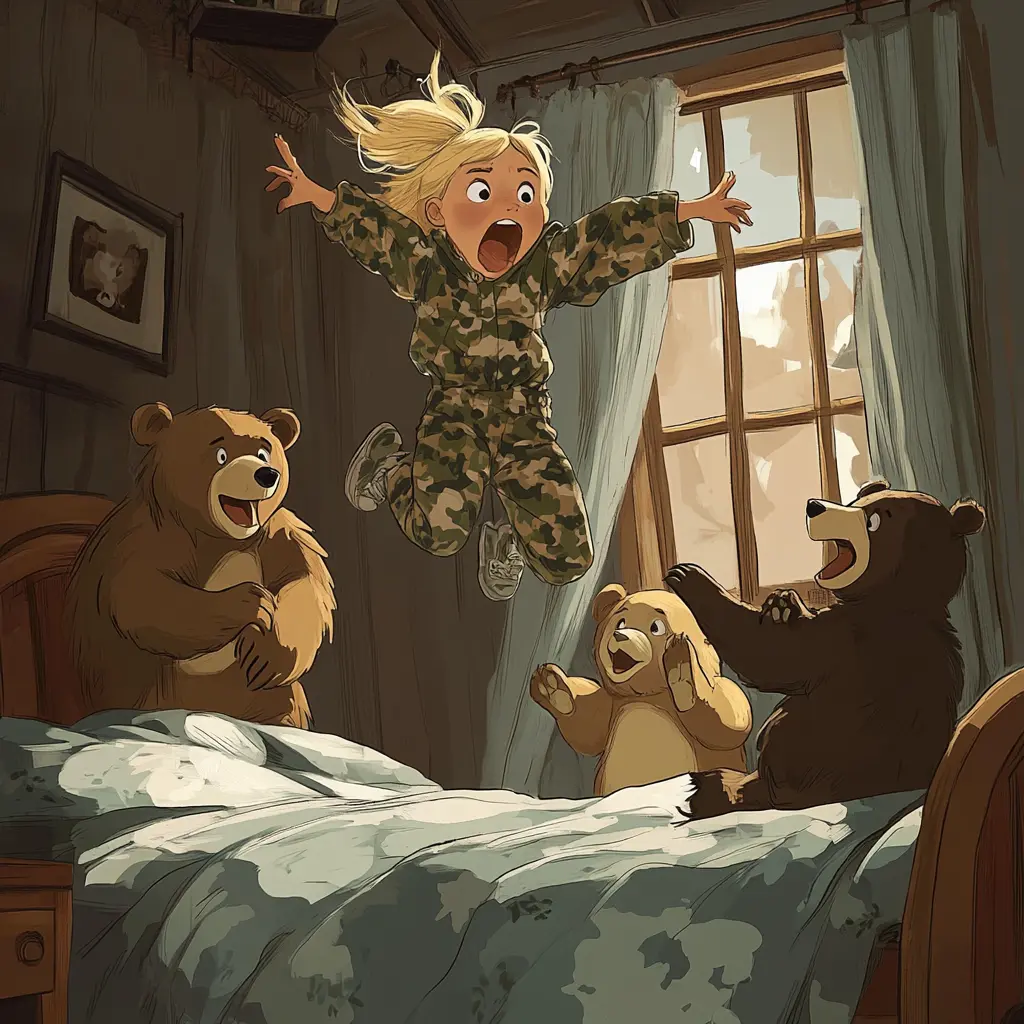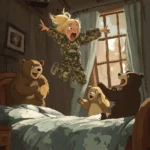We’re diving into something that’s kind of like picking the camera angle for your story: **point of view**! That’s just a fancy way of saying, “Who’s telling the story, and how much do they know?” Choosing the right point of view can totally change the vibe of your story. Like, dramatically. So let’s break it down in a way that makes sense (and maybe even a little fun).
First up: **first-person** point of view. This is the “I” voice. Like, “I opened the door and gasped.” When you write in first person, you’re basically putting on your character’s sneakers and walking around in their world. You feel what they feel. You see what they see. It’s awesome for getting personal and emotional—great if your character is going through a huge change, or if their voice is super funny, dramatic, or unique. But here’s the thing: they can’t know what’s going on in anyone else’s head. So if you want to show what multiple characters are thinking, first person might feel a little tight.
Now let’s flip the lens to **third-person limited**. That’s when you use “he” or “she” or “they,” but you still stick close to one character’s thoughts and experiences. It’s kind of like you’re following one character around with a camera—you’re not inside their head like in first person, but you’re close enough to know what they’re feeling. This is perfect for stories where you want to explore a character deeply but still sound like a narrator. You get a bit more flexibility than first person, but it still keeps the emotional focus tight.
Then there’s **third-person omniscient**—big words, I know, but it just means the narrator knows **everything**. All the characters’ thoughts, the past, the future, the secrets, the lies… even stuff the characters don’t know about themselves yet! It’s like being a storytelling superhero. This can work great for epic tales with a huge cast (think fantasy or historical fiction), but heads up—it can get confusing if you’re not careful with how you jump between characters. Readers need to feel grounded, not dizzy.
And yes, there’s also **second-person** point of view. This is the “you” voice, like, “You walk into the room and feel the chill of the air.” It’s super rare in fiction because it can feel kind of weird, but it can also be powerful if done right. It makes the reader feel like *they’re* the main character. You’ll sometimes see it in choose-your-own-adventure stories or experimental writing. If you want to try something bold and unexpected, second person is a cool playground.
So what’s the best one to use? Honestly, it depends on the story you want to tell. If your character’s inner voice is gold, go first person. If you want a bit of space while still zooming in on one character, third limited is your best friend. Got a huge world with a bunch of moving parts? Omniscient might be the one. And if you’re feeling gutsy and want to break the rules, go second person.
Your point of view is like the lens on a camera—it changes what your readers see and how they feel. So play around with it! Rewrite the same scene in two different POVs and see which one brings your story to life. Writing is all about experimenting, and this is one of the most powerful tools you’ve got.
In class, remember that we used Goldilocks and the Three Bears as our example. The original story we all know, told by a third-person omniscient narrator.
The second example was first person told by Baby Bear. Baby Bear, in contrast to how he was presented in the original story, turns out to not be upset at all about Goldilocks wrecking the place. In fact, he’s so happy that Goldilocks may be a rough-and-tumble friend that he hopes she comes back soon.
In the last example, we heard the story from another first person point of view, in this case, Goldilocks herself. It turns out that Goldilocks is a secret agent for the Forest Secret Service. She’s tracked down Mr. Fox to the bears’ house. She didn’t eat the porridge, she was searching for the stolen signet ring. (OK, she did break down once she found the ring and did eat Baby Bear’s porridge.) They fought and broke a chair, then messed up the beds with their fighting. It was when Mr. Fox knocked out Goldilocks and stole the ring again that caused Goldilocks to fall asleep in the bed. When she woke up, she wasn’t afraid of the bears, as a secret agent deals with bears all the time. She screamed because she saw Mr. Fox out the window and went to chase him.
One story, told three ways, and each time giving more information about what really happened that day.


